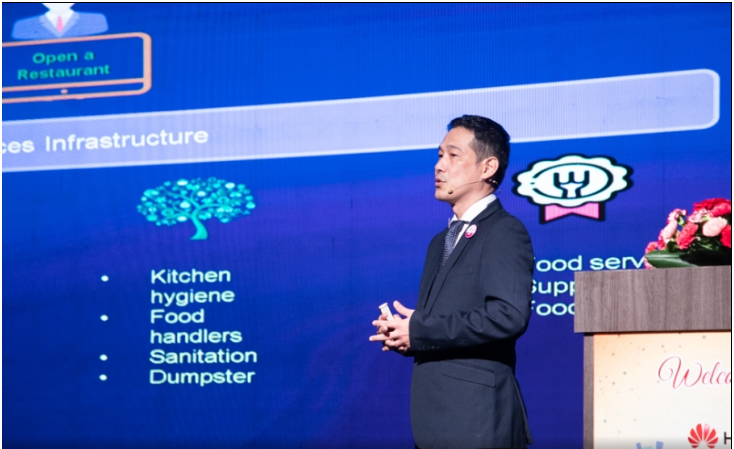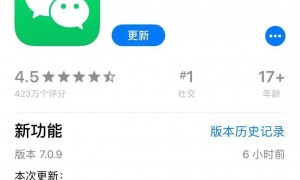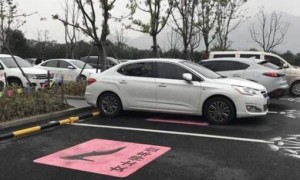"Digital Transformation" refers to a thorough reform of corporate organization and their business processes, which enables enterprises to achieve sustainable growth in business through use of emerging technologies.
Studies have found that most of the Digital Transformation projects have not taken "User-Centricity" as an important consideration, thus resulting in many projects failing to improve customer/users' satisfaction.

"User-Centricity" by design is at the essence of making an unwilling customer willing. The key to that is to make good use of the data collected to provide value-add back to the users, eg. matching the user to a buyer/seller of additional services that will help them achieve better outcome than they had expected. In return, this outcome encourages the user to volunteer their information to the data collector so as to enjoy this value-add provided, whatever that is.
Although many enterprises are deploying solutions such as cloud computing, big-data analytics, Internet-of-Things (IoT) and mobility for their digital transformation (with even more enterprises in the exploration period of digital transformation), their effort are still hindered by the insufficiencies in IT implementation. The new perspective gives a totally new way of thinking about deploying solutions, with a focus back towards the value of Digital Transformation, and that is "User-Centricity".
Huawei Intelligent-Twin architecture is touted as an enabler for Digital Transformation. This solution emphasizes the right infrastructure to support innovative application.
The right infrastructure is made up of an integrated intelligent system with collaboration across cloud, network, edge, and device. It comprises of 2 key components namely "intelligent connectivity" and "intelligent Hub" to form the underlying infrastructure needed to balance with an effective system to enable today's businesses to stand out from the rest of the competition.
That is essentially a Cloud+AI solution.For the "intelligent application", an example could be the real-world virtual 3D Modelling of Singapore City that once created allows real-time objects (or Avatars) to be stitched into the virtual environment, thus creating a rich ground for simulation of effects to the virtual space, like flooding, thus the name "Intelligent-Twin". Huawei has undertaken several projects that became award winners in Global Smart City Awards.







